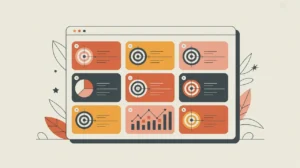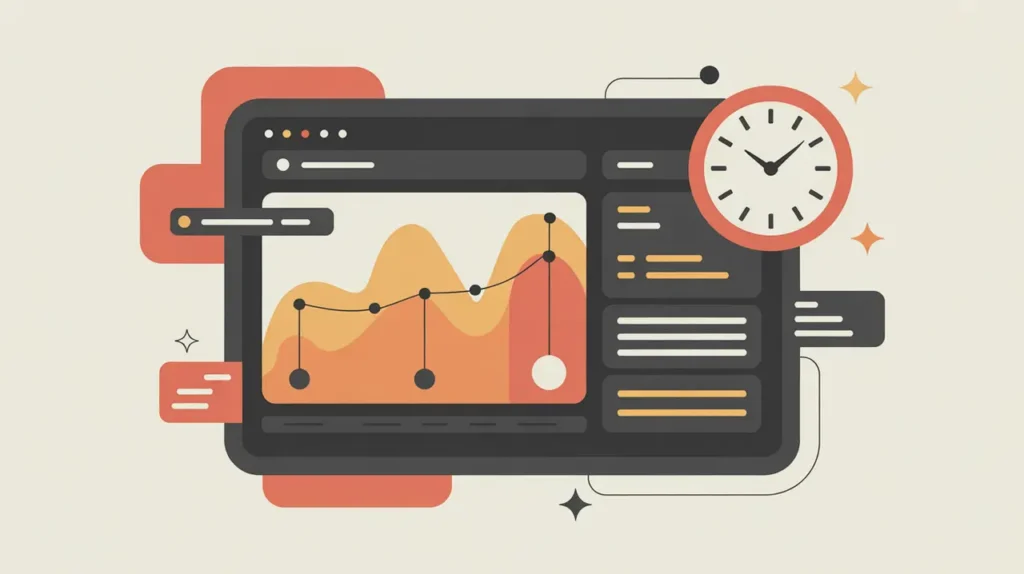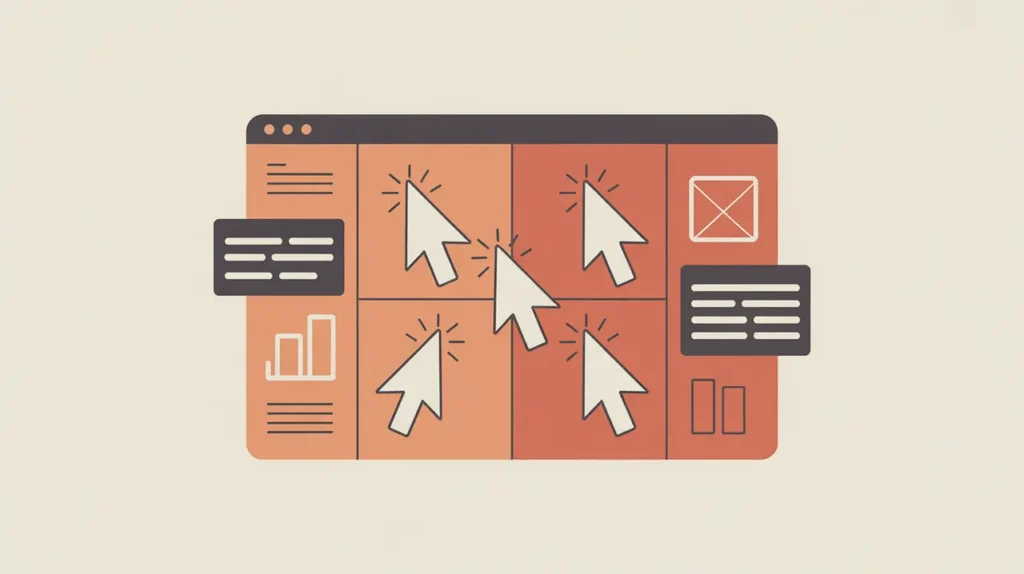Importance of Compliance Monitoring
Compliance monitoring ensures that programs, organizations, and systems adhere to agreed-upon standards, regulations, and contractual obligations. It matters because development and social innovation often involve multiple funders, partners, and regulatory bodies, each with specific requirements. By checking alignment with these rules, compliance monitoring safeguards credibility, reduces risk, and builds trust among stakeholders.
Definition and Features
Compliance monitoring is the process of systematically assessing whether activities, expenditures, and operations meet prescribed guidelines. Its defining features include:
- Standards-Based Oversight – measures alignment with laws, policies, and agreements.
- Documentation and Verification – relies on audits, records, and reporting to demonstrate compliance.
- Risk Management – helps identify and mitigate areas of non-compliance before they escalate.
- Accountability Lens – ensures transparency to funders, regulators, and communities.
- Continuous or Periodic Approach – can involve ongoing checks or scheduled reviews.
How this Works in Practice
In practice, compliance monitoring might involve reviewing financial records to ensure grants are spent according to donor guidelines, or checking that health programs follow established safety protocols. It could also include ensuring that procurement processes meet ethical sourcing requirements or that data privacy laws are respected in digital initiatives. Tools include audits, checklists, compliance software, and third-party verification. Challenges include resource intensity, the risk of focusing on paperwork over performance, and the potential to discourage innovation if applied rigidly.
Implications for Social Innovation
Compliance monitoring contributes to social innovation by reinforcing trust and integrity in systems of change. For practitioners, it provides assurance that operations remain credible and defensible under scrutiny. For funders and policymakers, it reduces reputational and financial risks while encouraging responsible stewardship of resources. Beyond oversight, compliance monitoring functions as a stabilizer. It can ensure that innovation proceeds within frameworks that protect stakeholders, uphold standards, and enable long-term legitimacy.







